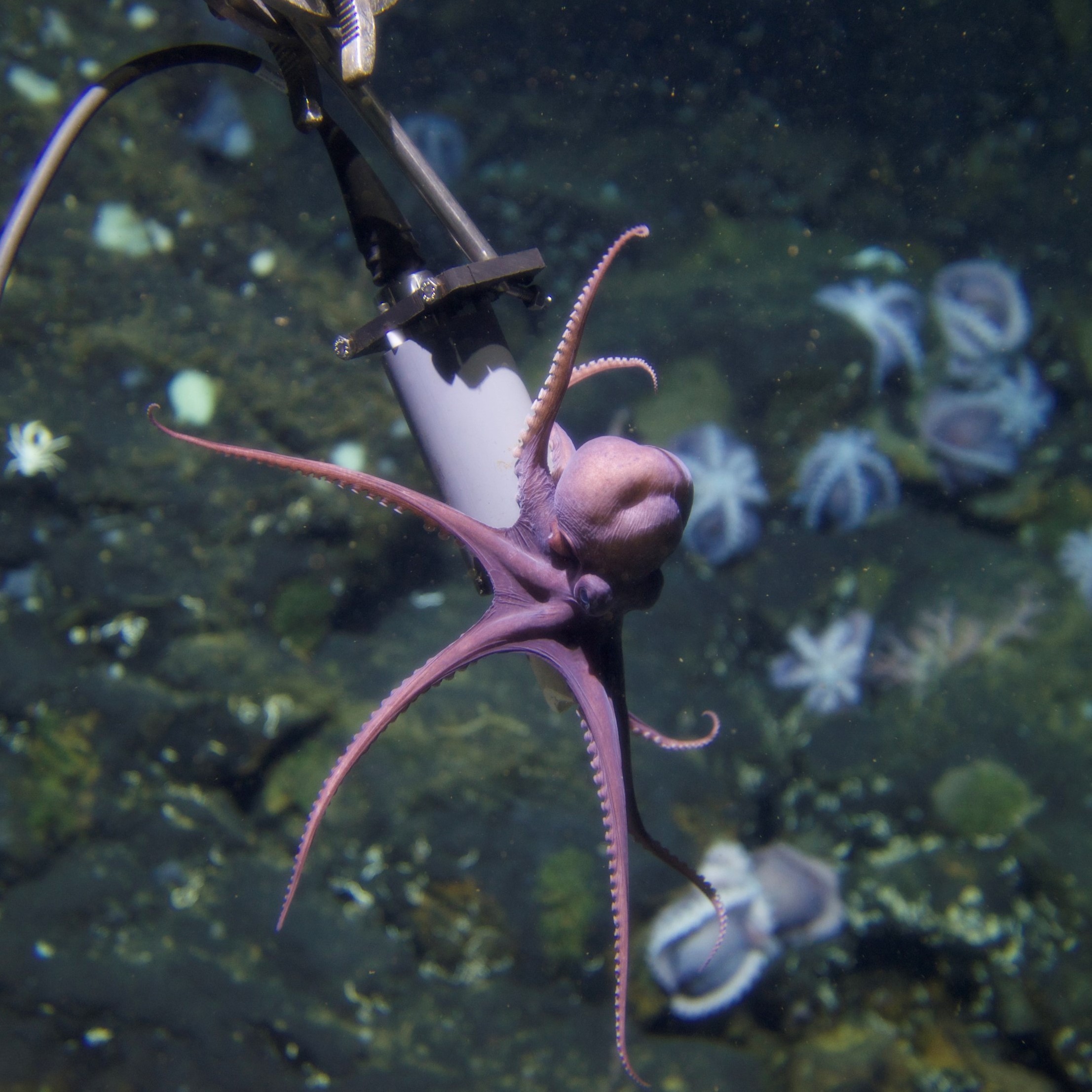
Introduction to Urchins
Many people consider sea urchins, specifically the long spined black sea urchin, Diadema antillarum (Fig. 1), a huge pest. I don’t blame them; you step on one of their foot-long spines and not only does it hurt, but you can’t just pull the spine out like you would do a splinter. Rather, their brittle, calcareous spine breaks off under your skin and you are left with small dots forming a nice black tattoo that hurts anytime you put pressure on it.
In the late 70’s and early 80’s, these pesky invertebrates were found by the hundreds across reefs in the Western Atlantic, mostly the Caribbean and Bahamas, but now it is rare you see more than one or two at any given time (Fig 2). So what happened to all the urchins?

In 1983 a current-borne pathogen swept through the Panama Canal, making its way as far north as the Florida Keys. Nobody is sure what caused the pathogen, or even what exactly the pathogen was, but it was evident that real harm was being done when a year later 95% of the urchins had died. People rejoiced…these nasty, annoying things were gone! You didn’t have to worry about jumping off your boat to snorkel and landing on one. Unfortunately, (for us!) these seemingly annoying organisms are essential to the coral reef community and without their help, coral reefs are in trouble.
The Algal Take-over
The long spined black sea urchin is responsible for grazing 45% of the food (mainly algae) on coral reefs, which is huge when you think of the number of different fishes and invertebrates living in and around coral reefs. Immediately after the urchin die off, herbivorous fishes seemed to be rejoicing, for now there was 45% more food for them! The abundance of food even had some species producing offspring at higher rate.
Unfortunately, even the greediest of fish haven’t been able to keep up with the rate at which urchins can graze, and thus, coral reefs are now being overgrown with macroalgae. Not only are these macroalgae weeds ugly to look at, but they are suffocating any new coral polyp forming, which limits total growth for corals. Without the diversity of a coral structure, the reef community crumbles. Algal communities start to replace the coral communities and in consequence have been proving to be quite the nuisance. Fishes that rely on coral for nutrients are suffering, invertebrates that clean and live in corals are suffering, and fishes that use corals as an escape from bigger predators are suffering. Additionally, all those soft and hard corals that need oxygen and sunlight to grow are being strangled by the vast amounts of algal biomass.
Coral Reefs Need Urchins

Due to this significant increase in algal cover, it has become evident that Diadema antillarum are indeed a keystone herbivore pertinent to the coral reefs of the Western Atlantic. For my graduate research, resurgence surveys were conducted on patch reefs throughout the Florida Keys and several long spined black sea urchins were transplanted onto the reefs to better understand their grazing potential. The urchins were initially grown in a laboratory hatchery and transplanted as adults to the reefs, which was shown to be a success. Measuring the amount of macroalgae on the reefs and how much the herbivorous fishes consumed and how much the newly transplanted sea urchins consumed, it was evident that there was more than enough macroalgae for everyone to feast on (Fig 3). The highly efficient grazing impact that long spined black sea urchins have will help reduce the macroalgae cover on the coral reefs and help restore the reefs to a healthy coral dominated state.
For my fisheries and aquatic science PhD I am working on how to tank raise urchins and transplant them onto reefs across the Florida Keys in order to help reverse the phase shift from algae dominated back to coral dominated.


Just don’t do it then if it is too difficult, simple.